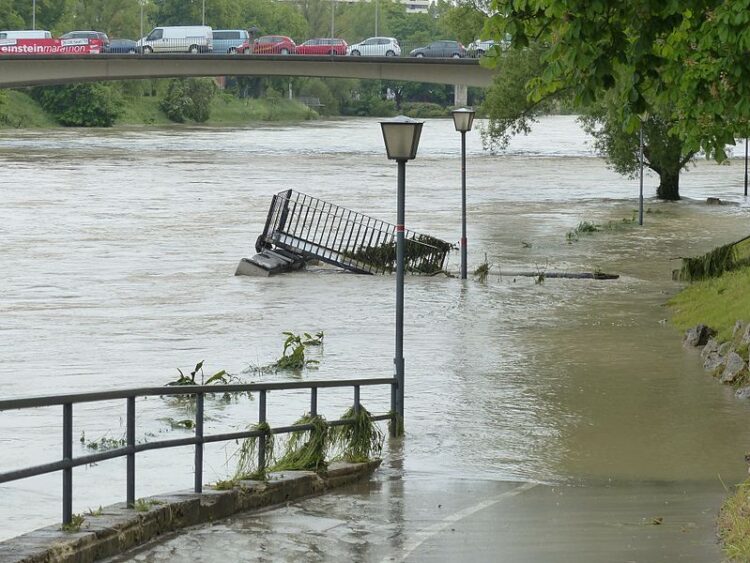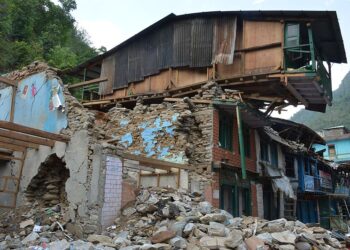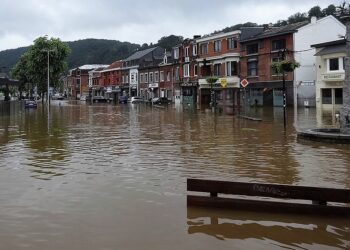Being prepared is often at the forefront of my mind. I have a strong distaste for the idea of being reliant on our government or anyone else. When examining survival scenarios, the rule of 3s is a common reference. This rule states that, on average, you can survive 3 minutes without air, 3 days without water, and 3 weeks without food. While there are available means to prepare for a lack of clean air, focusing on food and water can be easily accomplished by anyone.
It is commonly recommended that everyone keeps a food and water reserve on hand capable of sustaining the household for three days. For more common emergencies, such as power outages or extreme weather, three days buy enough time to determine an alternative plan of action. Building up food reserves is straightforward and useful, even if never faced with an emergency.
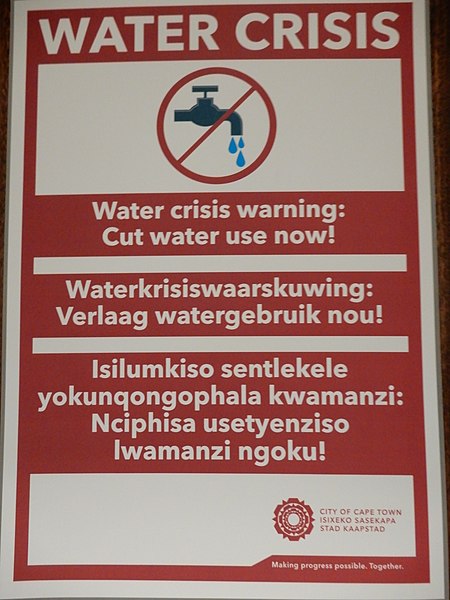
It is important to determine how you will store your reserves and what types to have on hand. Some opt for calorie-dense food ration bars while others integrate food into their consumable stock. Canned food is often a popular option due to its long shelf life. If stocking up on canned food and integrating it into your consumable food supply, using a first-in, first-out inventory approach will ensure the items with the longest expiration date stay on your shelf. As items are used, ensure they are replaced to maintain your 3-day supply.
Dehydrated or freeze-dried food is also commonly chosen to establish food reserves. These reserves have a long shelf life and are much lighter to transport if that is included in your plans. Since these food varieties require water to consume, it is generally not recommended that they comprise the entirety of your food reserve, as water is generally a higher priority.
Creating a water supply to sustain you and your family can be tricky. While water’s expiration is a nonfactor, space can be. It is commonly recommended to keep one gallon of water on hand per person, per day. For a family of four, this is 12 gallons of water. While 12-ounce bottles may not be feasible, larger water storage containers are readily available and easier to pack away. There is not a correct solution, it is important to find a system that works for you. This may be as simple as filling a bathtub at the first sign of an emergency.
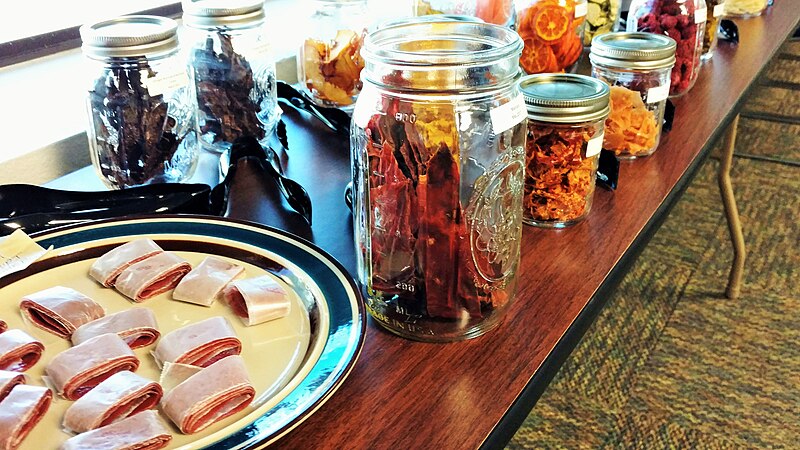
For longer-term preparations, the focus shifts from tangible acquisitions to knowledge-based solutions. In long-term survival situations, food and water reserves will eventually run out. At this point, you will need to rely on your personal knowledge and labor to provide sustenance for you, your family, or your group. This can be accomplished in several ways.
Sticking to the rule of 3s, water is the highest priority. With relatively clean air, rainwater is naturally purified and utilized if captured. Rain barrels offer a simple solution for this possibility. In other instances, snow or ice can be melted using a heat source. If natural sources, such as rivers, lakes, or oceans, are available, a distillation or filtering process will be necessary. When preparing for a long-term solution for water needs, your plan should be dictated by your environment.
While many guides can offer insight into meeting long-term food needs, history can also provide a reference. The process of acquiring food for yourself has not changed over time. Planting crops and raising animals is likely the most sensible and sustainable method but it does take substantial knowledge to endure. If you deem the need for a long-term food solution likely, it is worth taking the time to acquire the knowledge. If your plan is to stay mobile, as opposed to a settlement approach, you may need to utilize the food that nature offers. Many plants are edible, but just as many are not. To distinguish between them, purchasing a guide may be worth its weight in gold.
Hunting should also not be overlooked. Firearms, ammunition, and knives should be part of your emergency kit. Stockpiling firearms is not necessary for hunting, but it is important to have at least one that you are comfortable using. Target practice and training are paramount. Drills will ensure a properly placed shot when needed. This applies to settings beyond hunting in survival scenarios and should have high priority. Finally, having a quality knife on hand and a rudimentary knowledge of cleaning wild game is necessary for making hunting for your food a viable option. When choosing a knife, buy quality American steel. Betting your life on questionable Chinese steel is not a gamble worth taking.

Whether developing short-term or long-term readiness, food and water are essential to your existence. Developing a food reserve can help to safeguard you and your family from a wide array of challenges. While many observe ‘preppers’ as paranoid fools, basic preparations may ensure you have the last laugh. People who find themselves unprepared to deal with emergencies will either perish or become the enemy of those who are prepared.
Images:
- https://commons.wikimedia.org/wiki/File:Water_Crisis.jpg
- https://commons.wikimedia.org/wiki/File:Dehydrated_foods_and_homemade_fruit_leathers.jpg
- https://commons.wikimedia.org/wiki/File:Benchmade_knife_collection_2006.jpg
The opinions expressed in this article are solely those of the author and do not necessarily reflect the views or opinions of The Real Republic LLC, realrepublic.com, or any of its affiliates. While our team strives to ensure the accuracy and reliability of the information provided, The Real Republic cannot guarantee the completeness, suitability, or validity of any information on this site or found by following any link. The Real Republic will not be liable for any errors or omissions in this information nor for the availability of this information. The Real Republic will not be liable for any losses, injuries, or damages from the display or use of this information.


